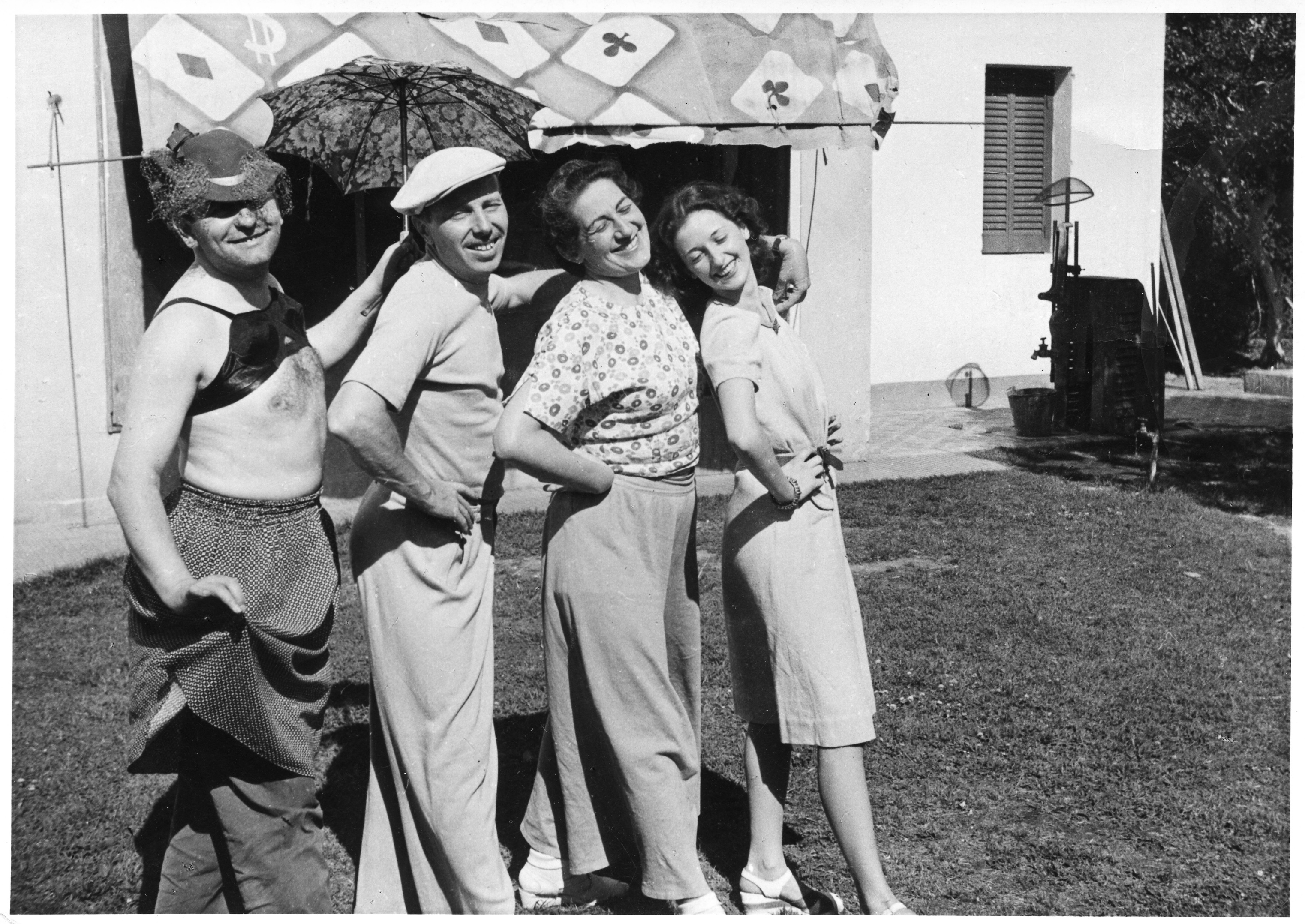Archive
Truppe 38
- Truppe 38
Compañía 38
- Theatre
German exile networks were very strong in Buenos Aires. From this community, Clément Moreau, a German caricaturist and anti-fascist militant, created the theatre group Truppe 38.
Word Count: 26
Vorwärts Association, Rincón 1141, Buenos Aires (performing venue).

Photo of Clément Moreau, “Truppe 38” in Ramos Mejía, Argentina, 1939 (© Schweizerisches Sozialarchiv). 
Photo of Clément Moreau, “Truppe 38” in Argentina, 1938 (© Schweizerisches Sozialarchiv). Bauer, Alfredo. La Asociación Vorwärts y la lucha democrática en la Argentina. Biblioteca Nacional, 2008.
Friedmann, Germán C. “La cultura en el exilio alemán antinazi. El Freie Deutsche Bühne de Buenos Aires, 1940–1948.” Anuario IEHS, vol. 24, 2009, pp. 69–87, http://anuarioiehs.unicen.edu.ar/2009.html. Accessed 4 March 2021.
Friedmann, Germán C. Alemanes antinazis en la Argentina (historia y cultura). Siglo Veintiuno Editores, 2010.
Word Count: 64
- 1938
Clément Moreau, Walter E. Rosenberg, Hellmuth Jacoby, Ernesto Epstein, Wolfgang Vacano, Herrmann Ehrenhaus, Otto Werberg, Renate Schottelius.
- Buenos Aires
- Laura Karp Lugo. "Truppe 38." METROMOD Archive, 2021, https://archive.metromod.net/viewer.p/69/2950/object/5145-11020553, last modified: 23-07-2021.
-
Gyula KosiceSculptorPoetBuenos Aires
Born in Kosice (Slovakia), the four-year-old future artist Gyula Kosice reached Buenos Aires by ship in 1928. He forged ties of friendship with Grete Stern, Horacio Coppola and other artists.
Word Count: 29
Clément MoreauGraphic ArtistBuenos AiresGerman-born Clément Moreau had to exile to Buenos Aires due to his political activism. There, he was well integrated into the artistic milieu and published his caricatures in many publications.
Word Count: 31
Das Andere DeutschlandAssociationBuenos AiresDas Andere Deutschland was founded by German exiles. Opposed to the Nazi regime, it sought to represent ‘the other’ Germany, a tolerant, peaceful and humanist one.
Word Count: 26